In an earlier article, I wrote that impartial density filters are the key weapon of the panorama photographer. I couldn’t work with out mine and I suspect most panorama photographers would say the identical.
But why are they so helpful? There are two causes. One is that impartial density filters offer you control over exposure, and the opposite is that they provide you artistic management over shutter velocity.
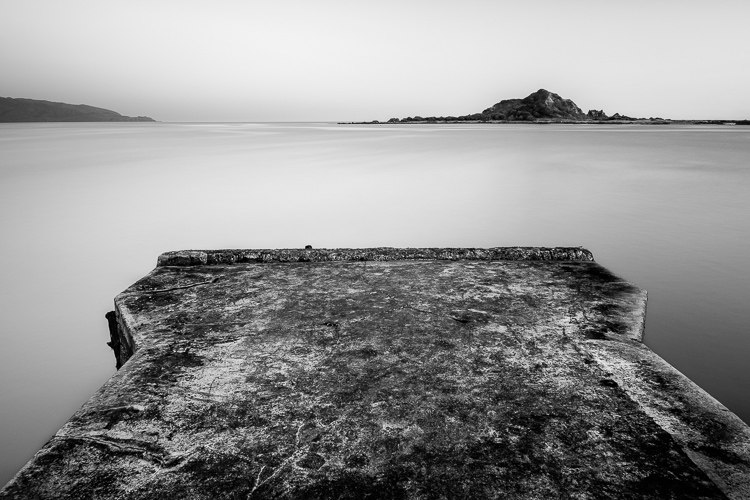
Let’s take a better take a look at these ideas.
What is a impartial density filter?
First, some definitions. A impartial density filter is one which blocks mild. The result’s that much less mild passes by way of the lens and reaches the digital camera’s sensor (or movie).
There are a number of methods of measuring the power of impartial density filters, however they’re principally all alternative ways of stating what number of stops of sunshine the filter blocks. Typical strengths are one cease (zero.O or ND2), two stops (zero.S or ND4), three stops (zero.N or ND8), six stops (M.H or ND64 )and ten stops (O.zero or ND1024). Some producers even make neutral density filters that block 16 stops or extra mild, though these are extra of a specialty merchandise.
This photograph exhibits a ten cease impartial density filter mounted on a lens. As you possibly can see the filter is almost opaque and you may’t see via it properly.
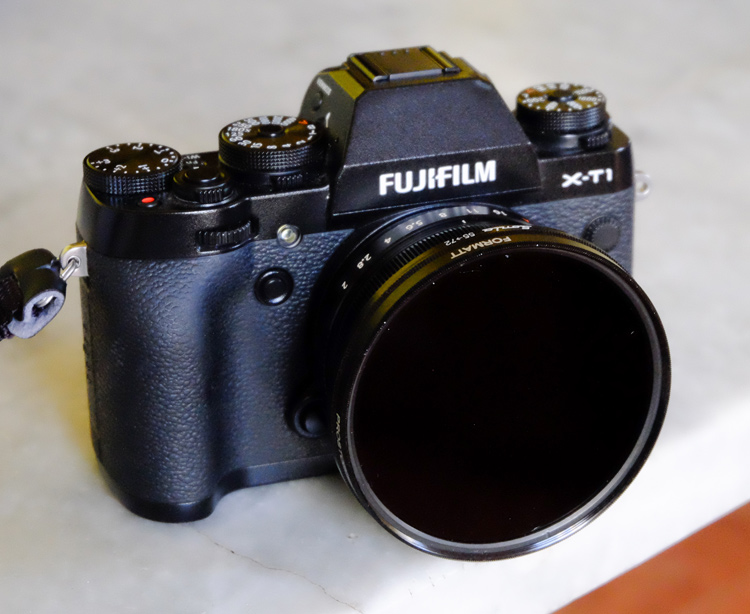
Different sorts of ND filters
Neutral density filters block mild evenly throughout the body. Graduated impartial density filters, however, block mild throughout simply a part of the body. Half the filter is obvious, and half is opaque, with a graduated space in-between (therefore the identify).
This photograph exhibits a two cease Lee graduated impartial density filter in a sq. filter holder. The prime half of the filter is darkish (to dam mild) and the underside is obvious.
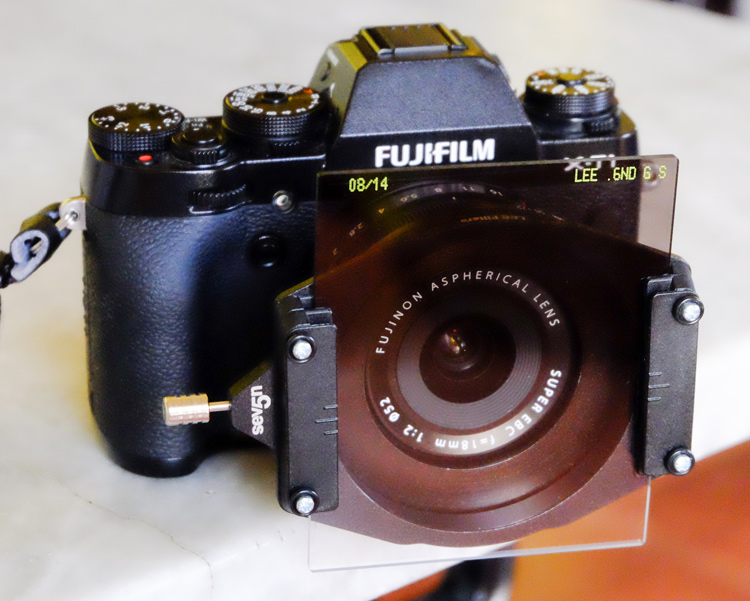
Graduated impartial density filters and the panorama
Graduated impartial density filters (typically simply referred to as grads or GND filters) are utilized by landscape photographers to regulate publicity.
Imagine you’re taking a panorama photograph that features the sky and the setting solar. In this state of affairs, the sky is far brighter than the foreground. If you expose appropriately for the sky, the foreground goes darkish. If expose appropriately for the foreground, the sky is burnt out.
A graduated impartial density filter blocks mild from the sky with out affecting the foreground. If for instance, the sky is three stops darker than the foreground then a 3-cease graduated impartial density filter will assist even out the distinction between the 2, permitting you to seize the scene in a single body.
Here’s an instance
For this primary photograph under I set the publicity by exposing to the best (on the histogram) so that there have been no clipped highlights. The drawback is that the underside half of the photograph is just too darkish. You could make it lighter in Lightroom, however not with out introducing noise.

I made one other photograph (under) and elevated the publicity by two stops. The foreground is uncovered correctly however now the sky is burnt out. There is not any solution to deliver again the misplaced spotlight element in Lightroom.
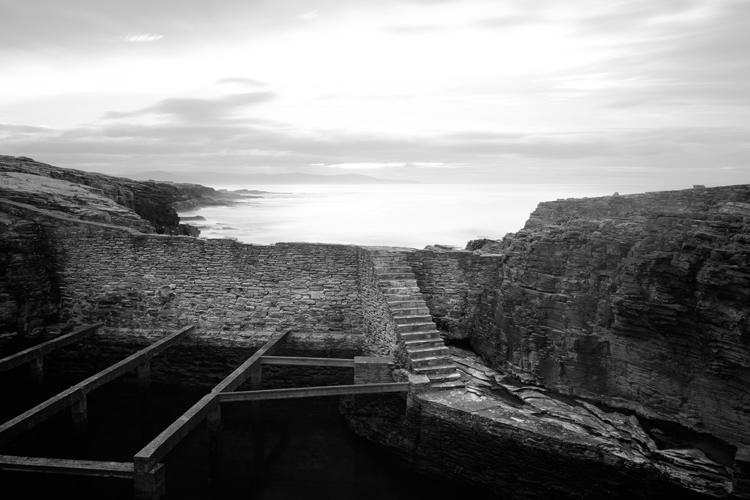
I made this final photograph utilizing a 3-cease smooth graduated impartial density filter. The filter allowed me to seize element in each foreground and sky.
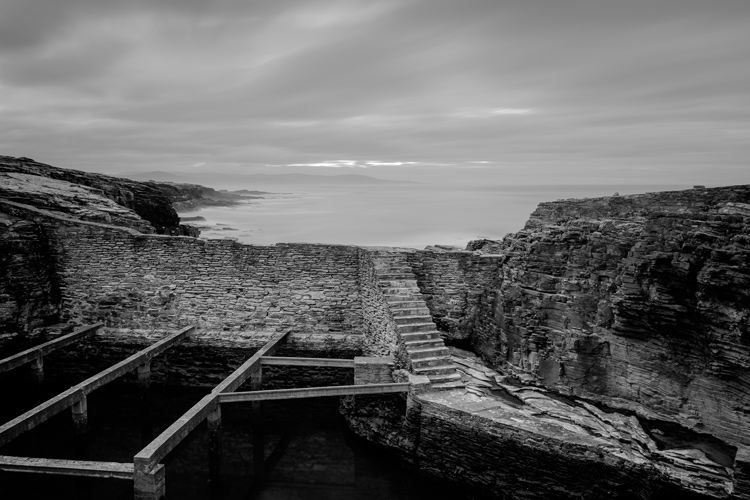
The benefit of utilizing the filter is that it let me proceed working as the sunshine pale, taking longer exposures with out having to bracket. The final photograph of the night had an publicity time of six minutes.
It additionally saves time in publish-processing in comparison with utilizing methods like publicity mixing or HDR in Lightroom. Before digital cameras (and processing), graduated impartial density filters have been the one method that photographers needed to stability out publicity between foreground and sky.
Disadvantages of graduated impartial density filters
Graduated impartial density filters do have some disadvantages.
The first is that they don’t work nicely with scenes damaged by one thing that sticks up above the horizon (like a tree or mountain).
The photograph under is an effective instance. The sky is a small a part of the body and it’s inconceivable to cowl it with a graduated impartial density filter with out making the rocks darker as nicely. The solely answer was to take two totally different exposures, one for the foreground, the opposite for the sky, and blend them in post-processing.
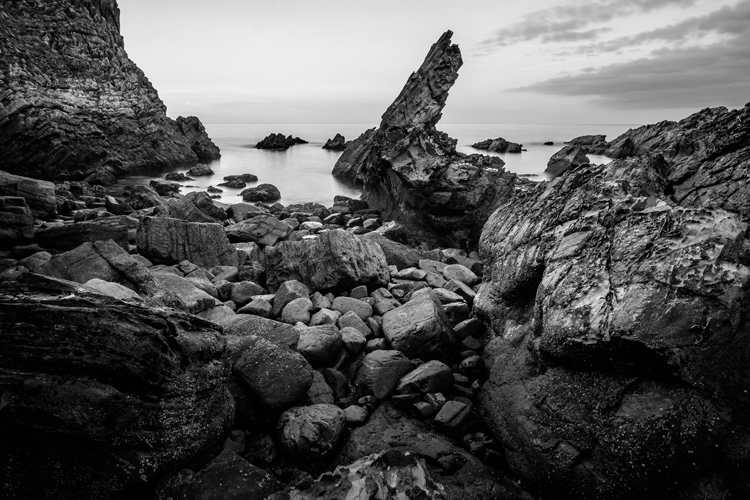
Another drawback is that good high quality graduated filters are costly.
Despite this, some panorama photographers like to make use of them because it provides them selection. With graduated impartial density filters you possibly can determine which method is greatest fitted to the scene you’re photographing.
Neutral density filters and the panorama
Landscape photographers use impartial density filters for artistic control over shutter speed.
Think concerning the publicity settings panorama photographers have a tendency to make use of. You usually set ISO to the bottom setting and aperture to f/eleven or f/sixteen. This provides you most picture high quality (low ISO) and good depth-of-subject (slender aperture).
The shutter velocity required to provide the right publicity will depend upon the ambient mild leves. In vibrant mild, it could be round M/one hundred and twenty fifth of a second. In the fading mild on the finish of the day, it may be round B/P second.
But what if you’d like an extended shutter velocity? This is the place impartial density filters are available. They block mild with the intention to get longer shutter speeds. Longer exposures permit shifting elements of the panorama (like clouds or water) to blur, which in flip creates temper and environment.
The final instance of that is long exposure photography, the place exposures of a number of minutes are used to blur the movement of the ocean and clouds. Here’s an instance. This photograph was taken at ISO 200, at f/eleven for B/one hundred and twenty fifth of a second.
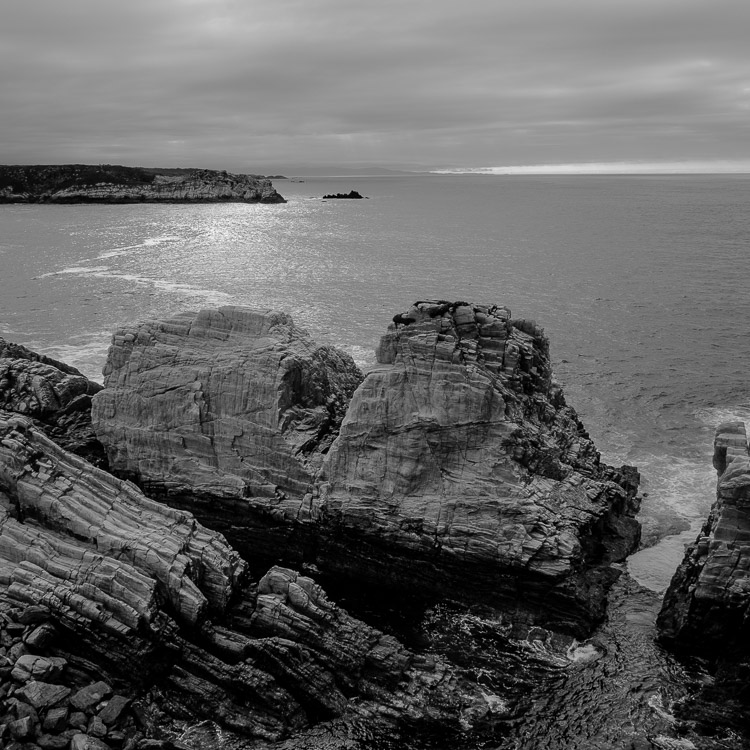
With a impartial density filter, I was capable of flip that right into a shutter velocity (publicity time) of 210 seconds. The photograph is reworked.

The impartial density filters I use
One of the issues with impartial density filters is that there are such a lot of to select from. How have you learnt which of them to purchase? Ultimately you must determine how a lot you need to spend after which take a look at the choices. But I can begin by telling you which of them filters I personal, why I purchased them, and offer you some ideas for selecting filters.
Take word – filter measurement is an element
But earlier than I do this, I’d wish to make the purpose that filters are very intently associated to lens measurement. The greater your lens, the larger the filter required to cowl the entrance factor, and the costlier will probably be to purchase. The distinction can quickly add as much as a whole lot of dollars. You have to remember the filters you might need to purchase later once you purchase the lens itself.
My Neutral Density Filter Kit
My impartial density filter package is the round Formatt Hitech 72mm Firecrest Joel Tjintjelaar Signature Edition Long Exposure Kit #1. It accommodates three impartial density filters with strengths of three, six and ten stops respectively. You can even use two filters collectively to dam 9, thirteen or sixteen stops of sunshine. I purchased the round filters as a result of they’re inexpensive than the sq. ones. (NOTE: in case you plan to make use of your filters on a number of lenses, purchase the dimensions you want for the most important one, and get step-down rings to adapt the filters to suit the smaller ones – OR get the sq. drop-in variety as an alternative.)
My Graduated Neutral Density Filter Kit
My graduated impartial density filter package is the Lee Seven5 system, which I purchased in a set that features the filter holder, an adapter ring, and 4 graduated impartial density filters. The Lee Seven5 system is smaller (and cheaper) than Lee’s full size filters and is designed for mirrorless digital camera techniques. This comes again to the purpose I made earlier about lens measurement.
I love these filters as a result of they assist me take photographs like this.
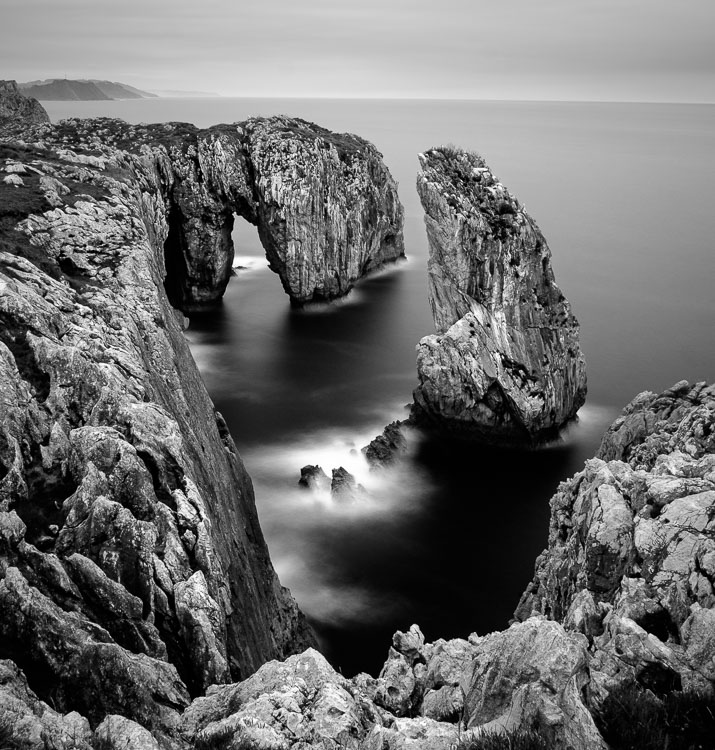
I would love to listen to from you what impartial density filters you employ. Which ones did you select and why did you purchase them? What manufacturers would you advocate to different photographers? Please tell us within the feedback under.
If you loved this text and want to study extra about panorama images then please take a look at my e book The Black & White Landscape.
The submit How to Use Neutral Density Filters to Make Better Landscape Photos by Andrew S. Gibson appeared first on Digital Photography School.